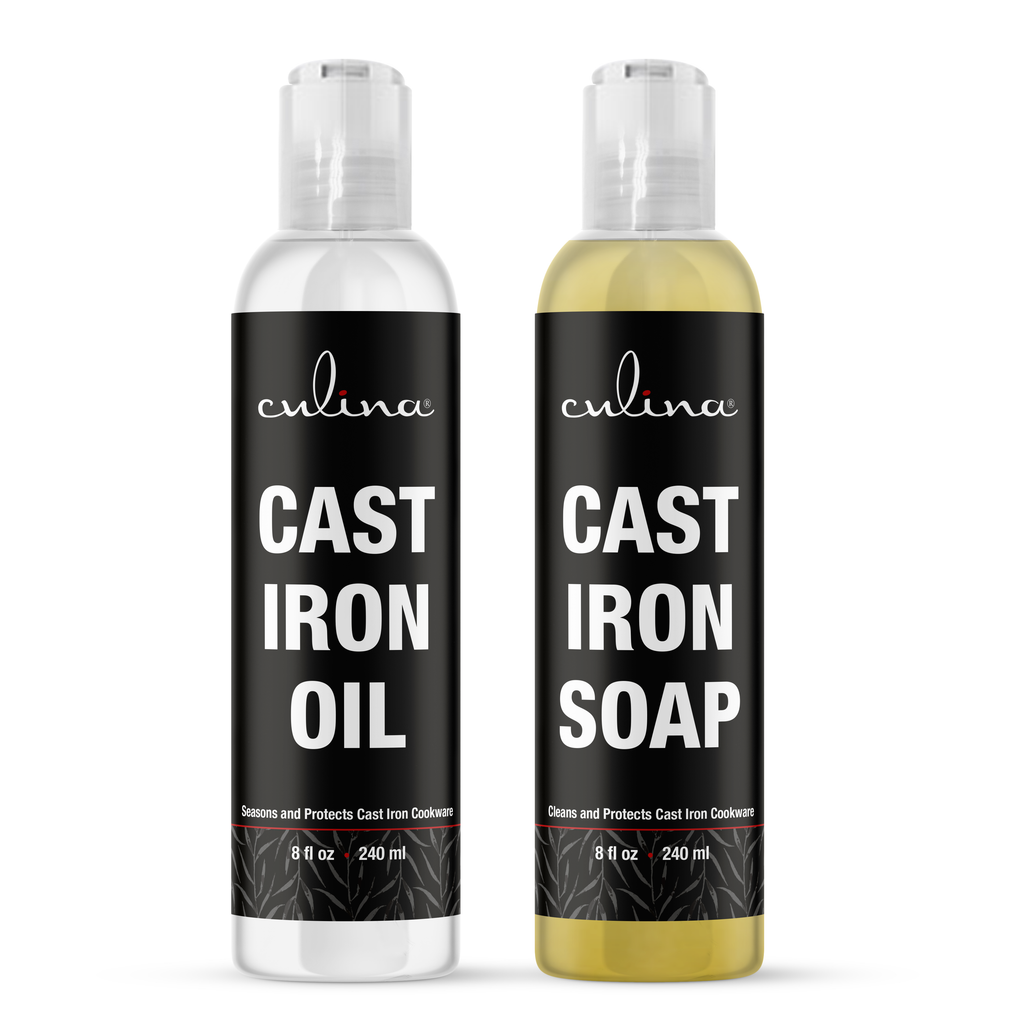How to Cook with Coconut Oil: A Beautician's Guide
Coconut oil has become a kitchen staple for many. Whether you are a health enthusiast or a beauty expert, the benefits of coconut oil are hard to overlook. This article will delve into how to cook with coconut oil while providing insights tailored for beauticians who wish to enhance their culinary skills alongside their beauty practices.
Not only is coconut oil incredibly versatile in the kitchen, but its health benefits extend to enhancing skin and hair. In this guide, we will explore the best cooking methods, recipes, and the extraordinary benefits of this pantry must-have.

Why Use Coconut Oil in Cooking?
Coconut oil is rich in medium-chain triglycerides (MCTs), which are known for various health benefits. By incorporating it into your meals, you can provide your body with quick energy. Plus, its unique flavor profile can transform ordinary dishes into something special.

Benefits for Beauticians
As a beautician, understanding the culinary uses of coconut oil can elevate your approach to beauty. The oil can be used as an ingredient in recipes that promote skin hydration and nourishment.
For more insights on the benefits, check out What Are the Benefits?
Choosing the Right Type of Coconut Oil
When cooking with coconut oil, it is essential to choose the right type. There are two primary varieties: refined and unrefined coconut oil.
- Unrefined Coconut Oil: Also known as virgin coconut oil, this type is extracted from fresh coconut flesh. It retains the coconut's natural flavor and aroma.
- Refined Coconut Oil: This type is made from dried coconut meat and undergoes processing, leading to a more neutral flavor. It has a higher smoke point, making it suitable for frying.
For more on the differences, visit Difference Between Oils.
Cooking Techniques with Coconut Oil
1. **Sauting:** Coconut oil is perfect for sauting vegetables or meats due to its high smoke point. This method maintains the oil's structure and health benefits.
2. **Baking:** You can use coconut oil as a substitute for butter in baking recipes. It adds a subtle coconut flavor that complements various desserts.
3. **Roasting:** Drizzle coconut oil over vegetables before roasting them to provide a crispy texture and delicious flavor.
4. **Frying:** Utilize refined coconut oil for frying to achieve a crunchy outer layer while keeping the inner ingredients moist.
Healthy Recipes Featuring Coconut Oil
Here are a couple of easy recipes that incorporate coconut oil in delightful ways:
Coconut Oil Fried Rice
In a large skillet, heat 2 tablespoons of refined coconut oil. Add cooked rice, diced veggies, and soy sauce. Stir-fry for 5-7 minutes until everything is heated through.
Coconut Flour Pancakes
Combine 1 cup of coconut flour, 4 eggs, and 1/4 cup of melted unrefined coconut oil. Cook on a skillet for fluffy pancakes rich in flavor.
Storage Tips for Coconut Oil
To maintain the quality of coconut oil, store it in a cool, dark place. Here's a valuable resource on How to Store Coconut Oil.
FAQs
- Can I use coconut oil for all cooking types?
- No, unrefined coconut oil is not ideal for high-heat cooking. Refined coconut oil is better for frying.
- Is coconut oil beneficial for skin?
- Yes! Coconut oil is known for its moisturizing and antibacterial properties, making it a great addition to skin care.
- What is the best temperature to cook with coconut oil?
- Refined coconut oil has a smoke point of approximately 400F, making it suitable for most cooking methods.
As you embrace cooking with coconut oil, remember its vast benefits not just on the plate but also for your skin and hair care routines. This multi-tasking ingredient can help you maintain a healthy lifestyle while serving as a beauty aid.
As an Amazon Associate, I earn from qualifying purchases.

